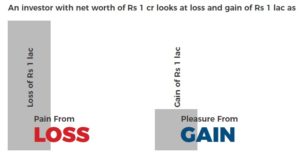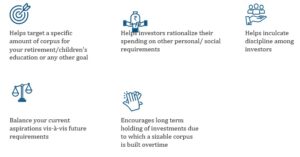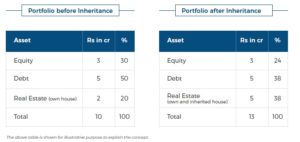Cryptocurrencies are products of free markets.
Last month, the Government of El Salvador announced that it would start accepting Bitcoin as legal tender. This is the latest major development in the on-going debate around cryptocurrencies, and the road ahead.
Important facts :-
-
El-Salvador Govt accepted Bitcoin as digital currency .in June,2021.
-
Before June only 30% of El-salvador population had an account at a bank .
























